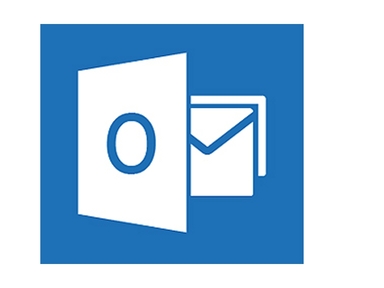Troubleshooting and codes
Microsoft is still in the process of rolling out new mail servers. One thing that is new about these is some new codes on their error messages. This has led to questions and speculations as to what is going on.
host outlook-com.olc.protection.outlook.com [104.47.9.33] said: 550 5.7.1 Unfortunately, messages from [10.10.01.01] weren’t sent. Please contact your Internet service provider since part of their network is on our block list (AS3150). You can also refer your provider to http://mail.live.com/mail/troubleshooting.aspx#errors.
This particular error code caused all sorts of confusion because AS#### is a way of identifying networks (autonomous system number). AS3150 identifies network space owned by NTT America and reading the error message seems to indicate that Microsoft is blocking all of NTT. They’re not.
AS means “Anti-Spam” and the numeric code is for Microsoft to troubleshoot things on their end.
Another example of one of the new error messages is:
451 4.7.500 Server busy. Please try again later from [<ip-address>]. (AS843) [<someserver>.prod.protection.outlook.com]
There appear to be a number of these codes. I’ve seen specific mention of codes like AS3140, AS3160 and AS844. All of these are intended for internal use at Microsoft. If you’re filling out the sender support form, absolutely include that number. I don’t know for sure that it will help speed things up, but it cannot hurt. Plus, you’ll look like you know what you’re talking about if/when you need to escalate things.
A number of senders have asked if MS will be sharing what the different codes are. I haven’t seen any answer other than “they’re for internal troubleshooting.” That doesn’t mean they won’t be listed specifically, but I expect updating the postmaster website documentation is low down the list of things to do during the transition.
In any case, I wouldn’t focus on the specific AS codes for delivery troubleshooting until and unless MS releases them to the public. Focus on the codes that are public on the Postmaster website.
In summary:
- Hotmail / Outlook / Microsoft isn’t blocking NTT America / AS3150.
- The new AS codes stand for AntiSpam
- The numbers are intended for internal, not external, troubleshooting
- Check the postmaster site for the codes intended for external troubleshooting.

